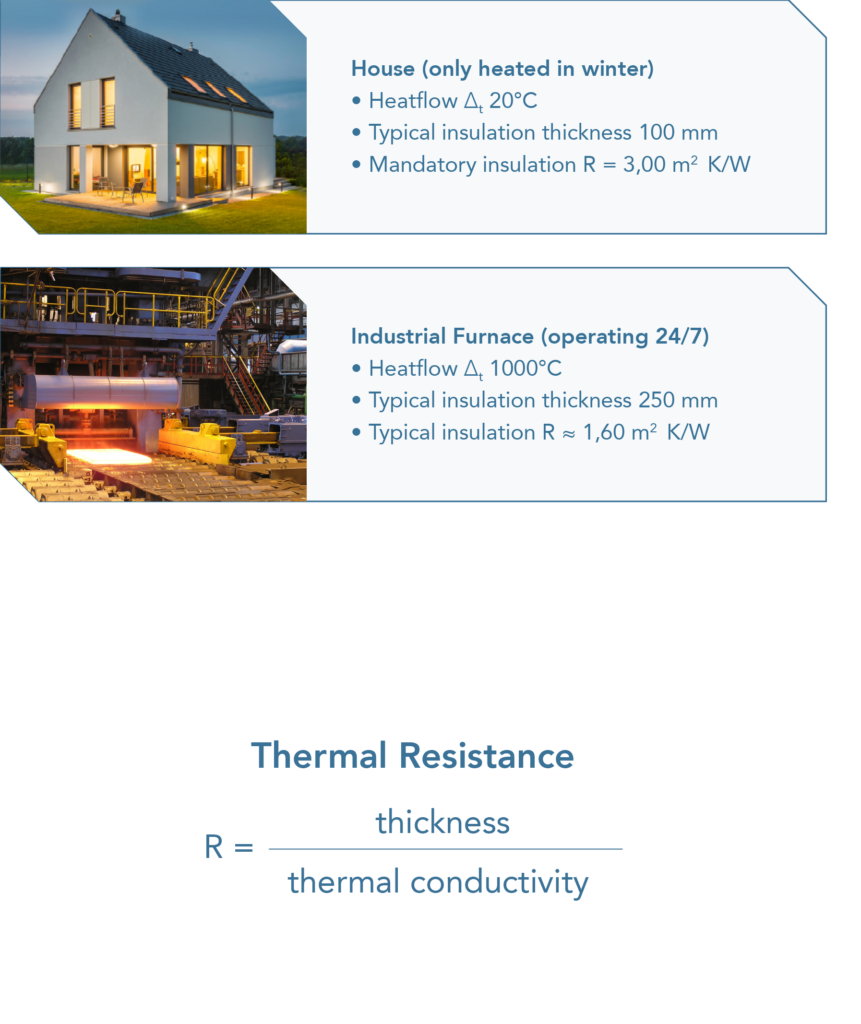Why do we care about our world? Because we live on it…
The United Nations have defined 17 goals for sustainable development. These set goals provide a shared blueprint for peace and prosperity for people and the planet, now and into the future. These goals should result in a better future for us, and our childeren. An urgent call for action by all countries to step into action.
Our world has changed in the past few decades, and for obvious reasons. We have to protect our world, as we do not have a spare one…
Therefore, we must focus on the most effective methods of saving energy. A high performance insulation lining for technical installations is one of the most obvious options to reduce energy consumption. But, better insulation is much more than this..
And whilst you are saving energy it also provides:
- Financial savings on your energy bill,
- Avoids heat loss at hot applications,
- Less power demand from the burners,
- and result in better control of the furnace temperature.
Industries we serve
Our offered product range is used in the heavy industry. An industry which is essential for many daily products like:
- Iron and Steel for production of cars and all sorts of daily used equipment,
- Production of petrochemical products which are converted in fuels and plastics,
- Ceramics who provide sanitaryware and constuction materials,
- and Energy production for keeping the economy going forward.
In these industries there is continuous pressure to improve the sustainability, reduce the carbon footprint, produce cleaner, and minimize the energy consumption. Better thermal insulation is one of the cheapest and most efficient ways to deliver on these targets.
Sustainability
Do you know: That most houses in Europe are better insulated as a modern efficient furnace in the heavy industry.
The end-user of the installation might be in the perception that he has done a great job specifying 200 mm (8 inch) of high temperature fiber insulation for his furnace operating at 1000°C (1832°F), but unfortunately this is the same as using 60 mm (2 1/4 inch) of conventional insulation at ambient 20°C (72°F) . The reason for this is that the thermal conductivity at elevated temperature is completely different compared to the same product at ambient.
Thermal resistance = Thickness of the material / Thermal conductivity
Whilst the heat flow in a operating industrial furnace (result of temperate delta between inside and outside the furnace) is significantly higher as f.e. a house, the thermal resistance (see calculation above) of the thermal insulation should be improved to minimize energy losses. We still have a considerable way to go..
Vulcor Insulation is keen to deliver its role in a more sustainable future with better thermal insulating products as a result of the superior Generation III fiber technology.




